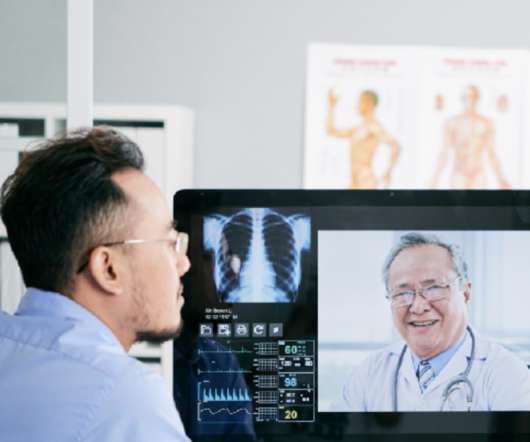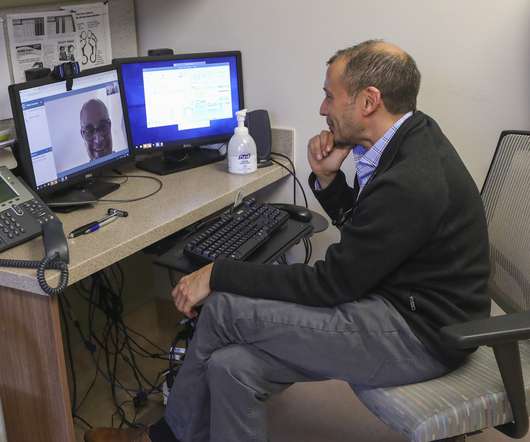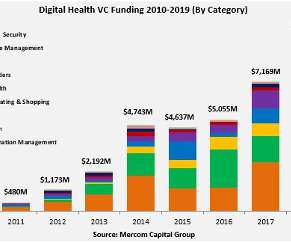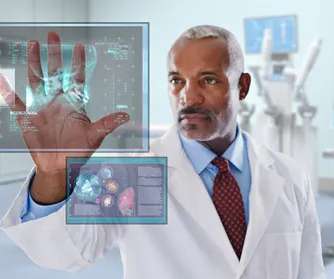Two Forms of Telemedicine: Synchronous vs. Asynchronous
Lloyd Price
JANUARY 17, 2020
What is Synchronous Telemedicine? The Office of the National Coordinator for Health Information Technology (ONC) defines synchronous telemedicine as "live video-conferencing," which is a "two-way audiovisual link between a patient and a care provider." " What is Asynchronous Telemedicine?

















Let's personalize your content